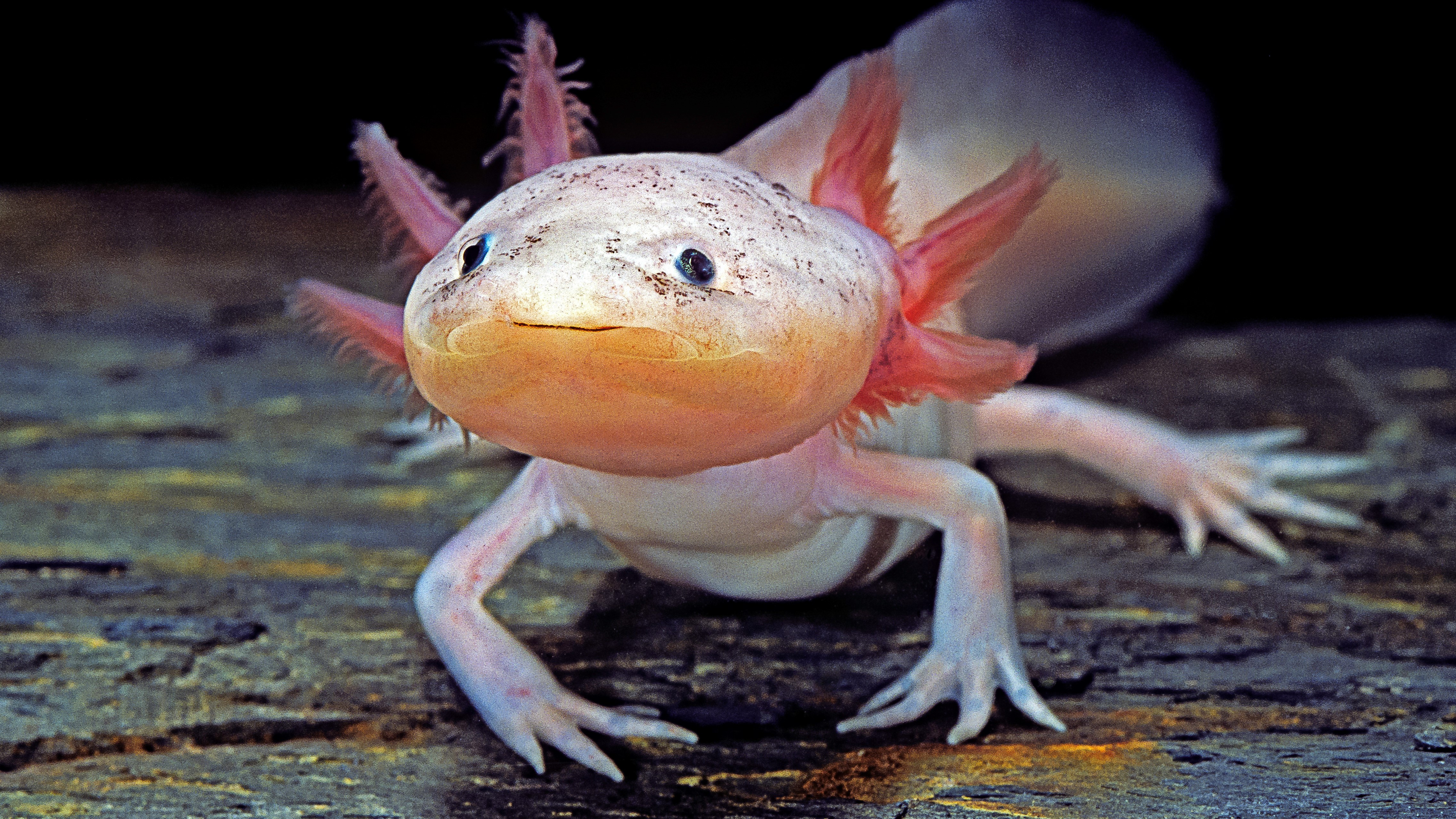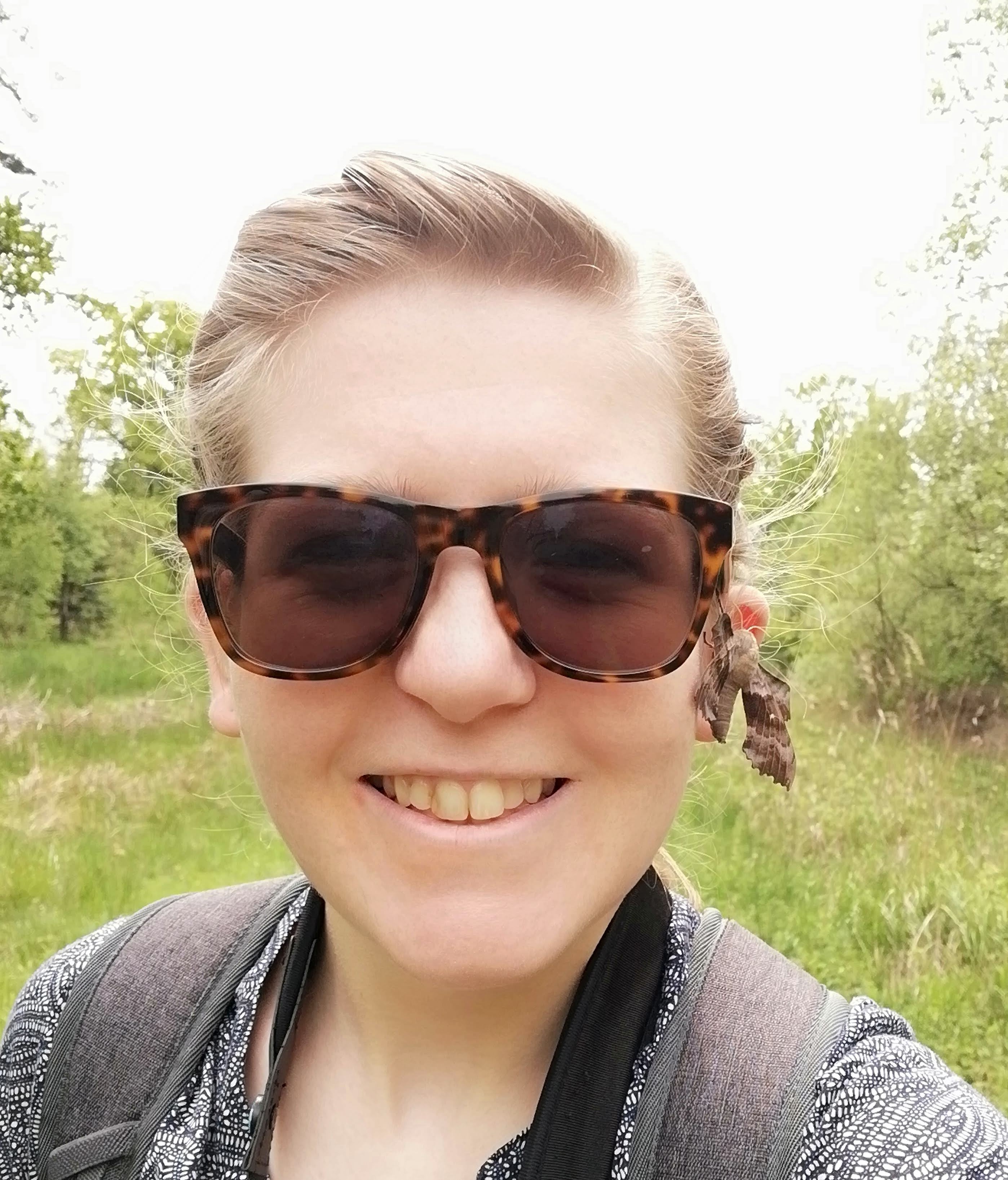Axolotl: The adorable amphibian that can regrow its body and stay looking young forever
The Mexican salamander is only found in two lakes and is considered critically endangered, with pollution and invasive predators driving the species' decline.

Name: Mexican salamander (Ambystoma mexicanum) also known as an axolotl
Where it lives: Lake Xochimilco and Lake Chalco, near Mexico City
What it eats: a variety of small invertebrates, along with some small fish
Why it's awesome: Despite its rarity, the axolotl's incredibly cute looks has made it one of the world's most famous amphibians, inspiring characters in Pokemon and Animal Crossing, making an appearance in Minecraft and even featuring as a Google Doodle.
With a happy little face and frilly gills, it’s like the amphibian version of a puppy. This cuteness is caused by literally not growing up properly. Most salamanders undergo metamorphosis from their totally aquatic larval form to their mostly terrestrial adult forms. However, the axolotl is one of the salamander species that doesn’t. Instead it retains all of its larval features — external gills and a fin along its back — and remains completely aquatic, but is able to reproduce. This is called paedomorphosis or neoteny.
Related: Meet the bizarre, grumpy-faced black rain frog that's terrible at jumping and swimming
It can also regenerate almost any part of its body, including its limbs, eyes and even parts of its brain, which makes it of great interest to scientists studying regenerative biology.
Sign up for the Live Science daily newsletter now
Get the world’s most fascinating discoveries delivered straight to your inbox.
The axolotl is so beloved it is the national amphibian of Mexico and appeared on a 50 peso bill released in 2021.
However, with just 50 to 1,000 remaining in the wild and a decreasing population, it is considered critically endangered on the International Union for Conservation of Nature (IUCN) Red List. Limited to just a couple of lakes in southern Mexico City, it faces habitat loss due to the introduction of invasive predators and pollution.
Raising the profile of the species goes some way to helping conserve the species, but work has also been undertaken to improve the water quality where it lives, and encouraging traditional farming that creates habitats for the species.

Megan Shersby is a naturalist, wildlife writer and content creator. After graduating from Aberystwyth University with a BSc (Hons) degree in Animal Science, she has worked in nature communications and the conservation sector for a variety of organisations and charities, including BBC Wildlife magazine, the National Trust, two of the Wildlife Trusts and the Field Studies Council. She has bylines in the Seasons anthologies published by the Wildlife Trusts, Into The Red published by the BTO, and has written for the BBC Countryfile magazine and website, and produced podcast episodes for its award-winning podcast, The Plodcast.









